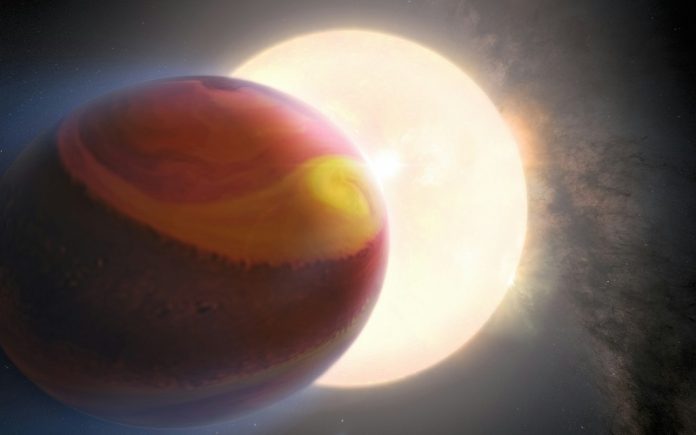
A team of international researchers has confirmed the discovery of an Earth-like exoplanet that may have the right conditions to support life.
The planet, called HD 20794 d, orbits a sun-like star just 20 light-years away—a relatively short distance in space terms.
This super-Earth, first detected in 2022 by Dr. Michael Cretignier from Oxford University, has a mass six times that of Earth. Most importantly, it orbits in the habitable zone of its star, meaning it could have liquid water, a key ingredient for life.
How was the planet found?
The discovery was made using data from HARPS (High Accuracy Radial Velocity Planet Searcher), a powerful instrument that measures tiny changes in light from distant stars.
Dr. Cretignier noticed small periodic shifts in the light from HD 20794, which suggested that a planet’s gravity was pulling on it.
However, the signal was so faint that it was unclear if it was caused by a real planet, the star itself, or a measurement error.
To confirm the discovery, researchers spent years analyzing over two decades of data collected by HARPS and its advanced successor, ESPRESSO, both located in Chile.
“We worked for years to rule out any errors and finally confirmed the planet’s existence,” said Dr. Cretignier. “It was a huge joy and a relief.”
Could this planet support life?
HD 20794 d orbits in the habitable zone, meaning it could have liquid water. However, its orbit is not circular but elliptical, meaning its distance from its star changes throughout its year. This could lead to extreme temperature shifts, making conditions less stable for life.
Still, the discovery is very exciting because it is one of the closest Earth-like planets ever found. Future space telescopes might even be able to capture an image of it.
What’s next?
Scientists plan to study the planet further using advanced telescopes like:
- The Extremely Large Telescope (ELT)
- The Habitable Worlds Observatory
- The Large Interferometer For Exoplanets (LIFE)
These powerful instruments will analyze the planet’s atmosphere to look for biosignatures—chemical signs of life, such as oxygen or methane.
Dr. Cretignier is excited about what comes next: “Finding planets is my job, but now I can’t wait to see what other scientists discover about this one. Its location and unique orbit make it a perfect target for future missions.”
This discovery brings us one step closer to answering one of humanity’s biggest questions: Are we alone in the universe?



